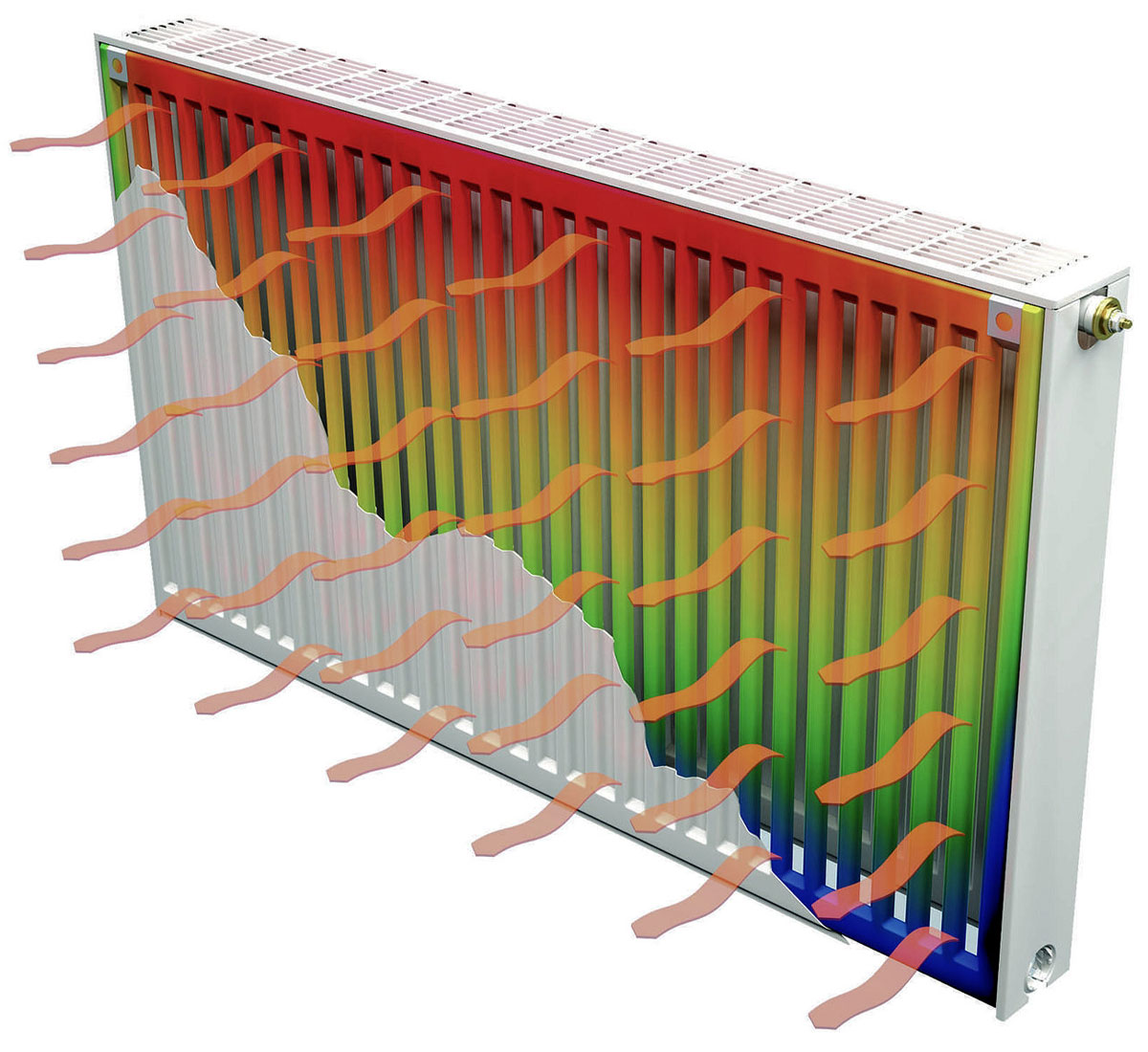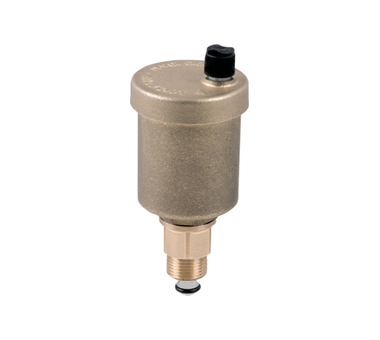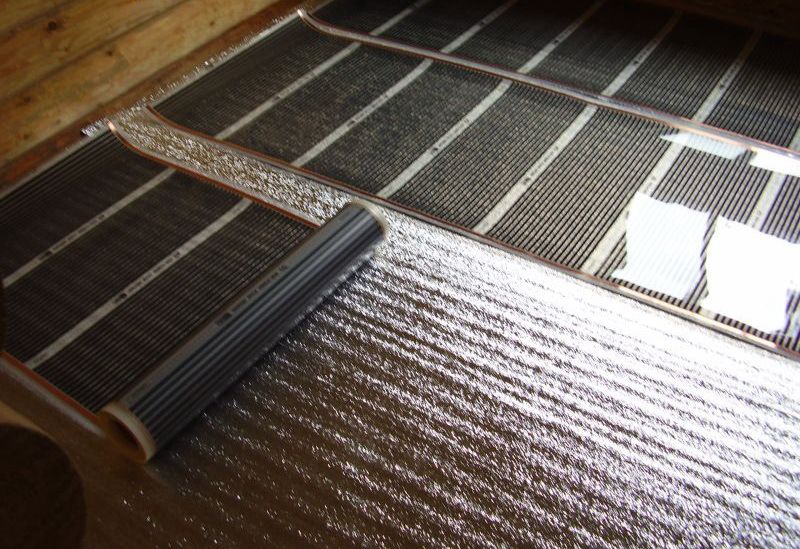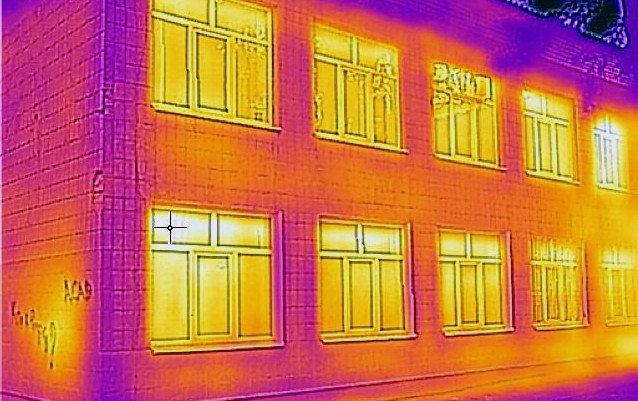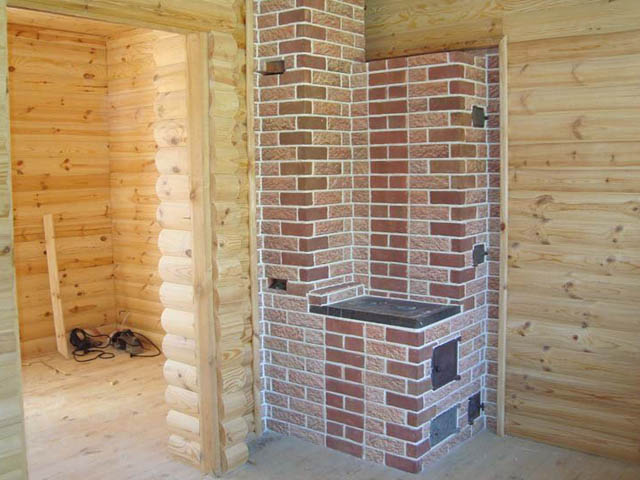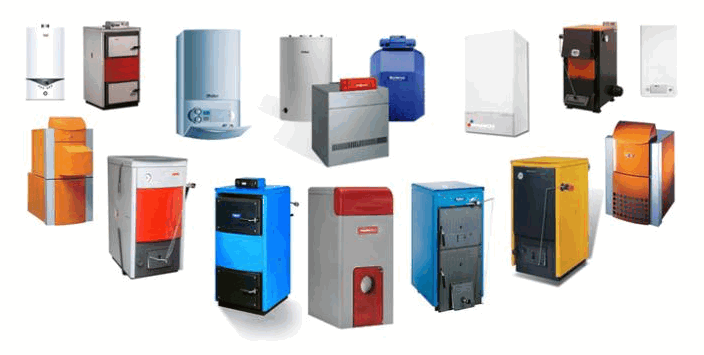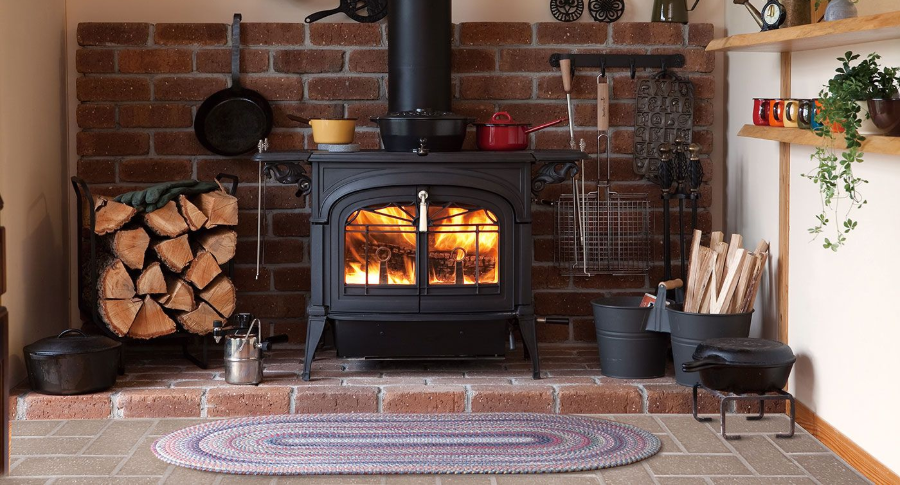The development of the construction industry requires thermal insulation materials with improved technical characteristics. Modern heaters must be versatile, reliable, safe and durable. Expanded polystyrene Technoplex from the Russian company TechnoNIKOL is deservedly the leader among the materials in its segment. It features high strength, low water absorption and ease of installation.
Technoplex production technology
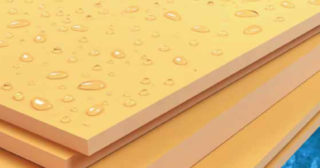
Synthetic insulation is made from polystyrene granules. Raw materials are loaded into the hopper. Modifiers are added to it that improve the properties of the final product. Among them are flame retardants to reduce flammability, stabilizers, antioxidants. A unique additive of TechnoNIKOL is the smallest carbon particles. They increase the strength and thermal insulation properties of the final product. Foaming of granules takes place using carbon dioxide. All 7 factories of the company have implemented an environmentally friendly CFC-free production technology.
Under the influence of high temperature and gas supplied under pressure, the raw material melts and foams. The mass is squeezed out of the extruder in the form of a tape. After hardening, it is cut into sheets of standard sizes and shapes. Plates are packed in polyethylene shrink wrap.
Specifications
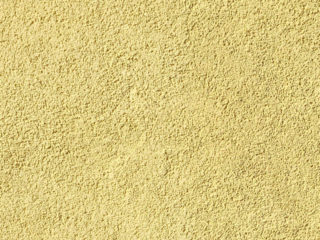
Extruded polystyrene foam Technoplex XPS has a homogeneous structure with closed gas cells. Closed pores are close to 100% for minimal water absorption and consistent thermal conductivity. Graphite nanoparticles in the composition of the material give it a grayish tint, increase the strength of the plates.
Technical characteristics of the Technoplex insulation:
- thermal conductivity index - 0.032-0.037 W / (m * K);
- water absorption - 0.2%;
- vapor permeability - 0.014;
- density - 26-35 kg / m3;
- compressive and flexural strength - 100-150 kPa;
- operating temperature - from -70 to + 75 ° C;
The low weight of the insulation simplifies transportation and installation, the total weight of the building structure increases slightly. The high resistance to deformation allows the boards to be used in high stress areas. They are effective for arranging all types of roofs (pitched, flat), external insulation of the foundation, experiencing soil pressure.
Pros and cons of the material
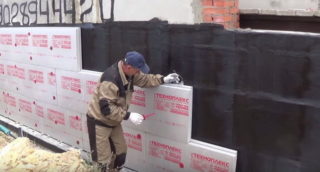
When choosing a heater, its advantages and disadvantages are taken into account. Polymer materials with closed gas-filled cells provide heat and sound insulation of the structure. Unlike foam plastic, extruded boards have mechanical strength, which significantly expands their scope and increases their service life. TechnoNIKOL products are popular due to their numerous advantages:
- Low water absorption allows the slabs to be used on any construction site. Insulation characteristics do not change in high humidity conditions.
- Technoplex is an insulation material that is effective at low thickness. When installed internally, it saves usable floor space.
- The low coefficient of thermal conductivity ensures a comfortable temperature in the house.The cellular structure of the material prevents the spread of cold and noise.
- TechnoNIKOL products have the lowest vapor permeability coefficient among heaters.
- Extruded polystyrene foam sheets have a long service life, about 50 years. They are not deformed during operation.
- Synthetic insulation is not covered with mold or mildew. The robust structure makes it unattractive to rodents.
- Expanded polystyrene is environmentally friendly, does not emit harmful substances. The synthetic product contains no formaldehydes and other components that are hazardous to human health.
Thermal insulation of buildings becomes easier and faster with Technoplex boards. They are easily cut with an improvised tool, do not crumble, and have a convenient shape and size.
Disadvantages of the material:
- high flammability class G4, highly flammable and emits corrosive smoke;
- destroyed by organic solvents;
- UV protection is required.
XPS sheets cost more than popular foam or rock wool. With large volumes of insulation, the material will be expensive.
Release form and scope
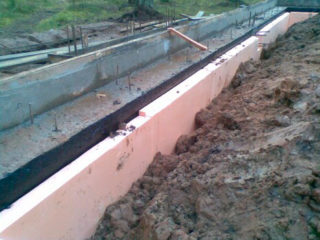
The insulation is produced in the form of rectangular plates with a smooth surface. Products have standard linear dimensions, dimensions of Technoplex extruded polystyrene foam are 50x580x1180 mm. The thickness indicator ranges from 20 to 100 mm. The length and width can be 1200 and 600 mm, respectively. The edge of the sheet has a characteristic edge that simplifies the joining of the plates and reduces heat loss due to the tight fit of the insulator.
The manufacturer recommends Technoplex insulation for use in private housing construction. Durable, moisture resistant XPS boards are used to insulate:
- foundation and basement, arrangement of permanent formwork;
- external and internal walls;
- interior partitions;
- balconies and loggias;
- floors, including in the "warm floor" system;
- roofs and attics.
Extruded polystyrene foam is used in the construction of outbuildings, greenhouses, it is mounted on pipes of external communications, under the road surface. For insulation of facades and walls, the XPS modification Technoplex FAS offers. The surface of the slabs is milled and grooved. Rough sheets provide high adhesion to the substrate. The material is prepared for the application of plaster and adhesive mortars used for thermal insulation of facades, plinths and other enclosing structures.
Installation features
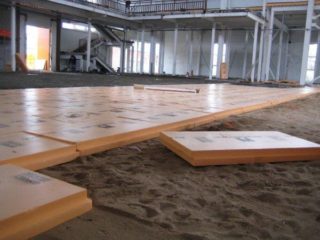
You don't need any special skills to insulate your home yourself. It is enough to study the technology of work on a specific site and adhere to tips and recommendations. Insulation TechnoNIKOL Technoplex is fixed with special glue and plastic dowels.
Floor insulation
Floor insulation with XPS slabs can be carried out over the ground and concrete screed. The first technology is used in rooms where the base will not experience high loads. Preparation begins with backfilling a layer of crushed stone. Sand is placed on top of it with a layer of up to 10 cm. Having tamped the base, sheets of expanded polystyrene are laid. Technoplex is poured with concrete screed.
When insulating a concrete base, it is necessary to check its level. All drops are leveled with a solution. Expanded polystyrene is mounted on a completely dry and clean base. In the basement, a waterproofing layer is laid under it. The thickness of the sheets depends on the climatic conditions, usually it is 50-80 mm. The insulation is covered with plastic wrap, a damper tape is laid around the perimeter. A cement-sand mortar is poured.
If heating with a water or cable electric underfloor heating system is provided, the heating elements and pipes are placed under the screed layer.
Thermal insulation of walls
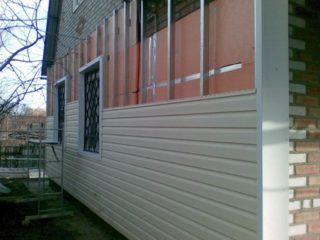
To fix the sheets on a vertical base, special Geresit or TechnoNIKOL adhesives are used. The insulation process begins with leveling, cleaning and priming the walls. Installation starts from the bottom. Each next row is stacked with an offset of half the length of the sheet. The adhesive is applied to the surface of the insulation, the plate is pressed against the wall for a few seconds. For additional fixation, 5 umbrella dowels are installed. They are placed in the corners and in the middle. The seams between the sheets are filled with polyurethane foam.
After the glue dries, a reinforcing layer of fiberglass mesh is laid on the Technoplex surface. Finishing is done with plaster. After the mortar has dried, the finishing cladding is performed.
Insulation of the foundation
It is recommended to insulate the foundation from the outside. The surface is previously covered with a layer of waterproofing. An adhesive mixture is applied to the expanded polystyrene plates along the perimeter and in the center. Pressing it to the foundation, hold it for 1 minute. The sheets are stacked tightly to each other, in subsequent rows are performed with an offset of the seams. For the glue to dry, 2 days are given, then the insulation is fixed with plastic dowels. The final finishing is carried out with plaster on the reinforcing mesh.
Roof mounting
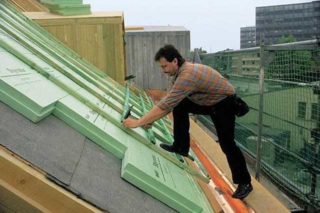
The roof is insulated from the inside and outside. In the first case, it is possible after the end of construction. Plates can be laid using frame and frameless technology. On a flat roof, the material is placed on a waterproofing covering. The slabs are laid apart, if necessary in two layers. The insulation is covered with a geotextile. The finishing layer is a concrete screed or gravel backfill.
The pitched roof is insulated along the lathing. The bars are packed with a step of 600 mm, equal to the width of the slabs. Technoplex is laid in a crate, the joints are filled with polyurethane foam. The insulation layer is covered with a vapor barrier film. A counter-lattice is stuffed on top of the material for the installation of finishing.
Insulation Technoplex has all the necessary characteristics that provide reliable and durable thermal insulation at home.

